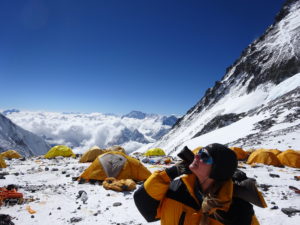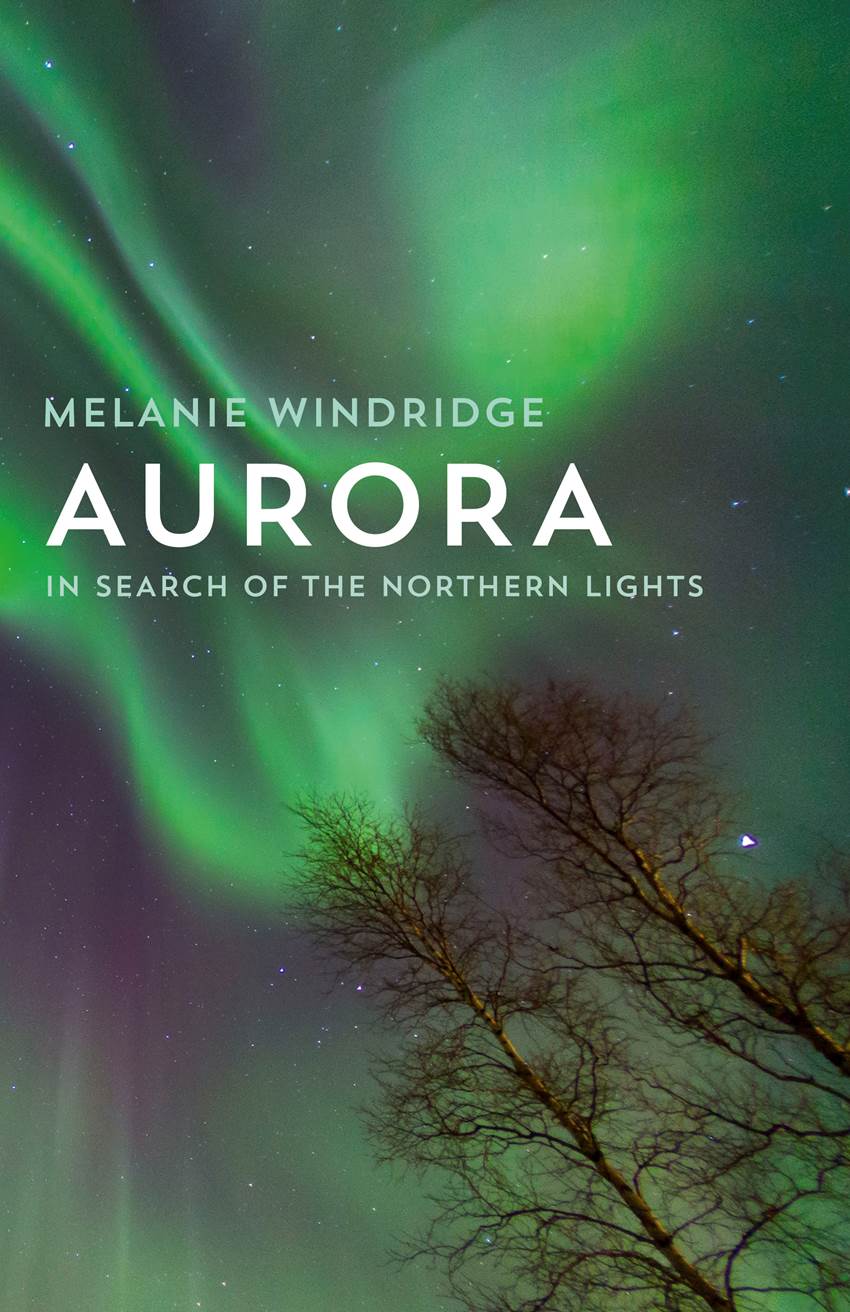
Humans are not meant to survive above 8,000 metres (26,246 feet). Yet, people have managed to climb to the highest point on Earth, Mount Everest, at 8,848 metres (29,028 feet). Melanie summited Everest in spring 2018 and explored the science that helps climbers survive on Everest.
On Wednesday, 21st November, Melanie will host an Ask Me Anything on reddit to answer questions about her experiences on Everest and the science and technology that support climbers in their bid to experience this extreme and awe-inspiring environment. The unique link to the Ask Me Anything platform will be posted on Melanie’s Facebook and Twitter that morning.
Why does the human body shut down at high altitude?
As we get higher the air pressure reduces and in every lungful of air we breathe we get less oxygen than at sea level. But oxygen is vital for our bodily functions and for survival. This means that the body has to adapt to use less oxygen for normal functioning.
An improved understanding of high-altitude physiology, acclimatisation and nutrition was instrumental in the British success on Everest in 1953. Edmund Hillary and Tenzing Norgay were the first people ever to stand on the top of Everest. They were supported not only by their expedition climbing team mates but also by the work of physiologist Griffith Pugh and other scientists.
Since their successful summit, science, technology and our understanding of physiology at high altitude have further improved. When Melanie climbed Mount Everest this year, she talked to volunteer doctors Carlo Canepa and Suvash “Dawa” Dawadi to find out about the dangers of altitude sickness and the ailments of climbers on the world’s highest mountain.
In this video, which forms part of her video series about the Science of the Summit on the Institute of Physics’ YouTube channel, Melanie explains how it feels to climb Everest and what medical care is available to support climbers in this extreme environment.
Video: How does it feel to climb Mount Everest? Physiology and medicine at high altitude
Join Melanie in her Ask Me Anything on Wednesday. The link will be posted on Twitter and Facebook that morning.

